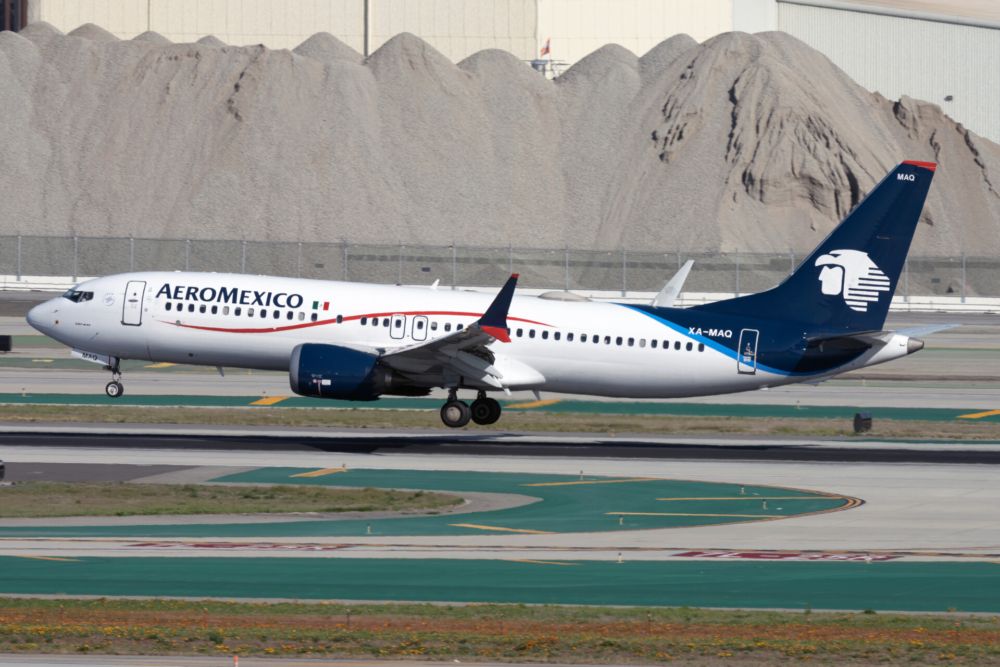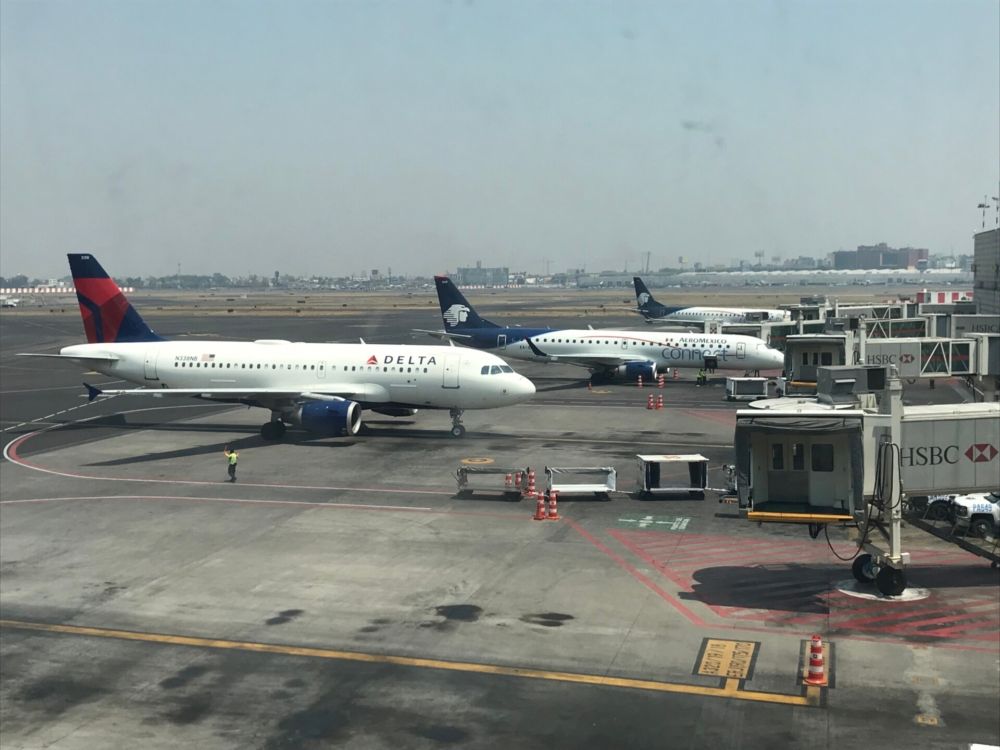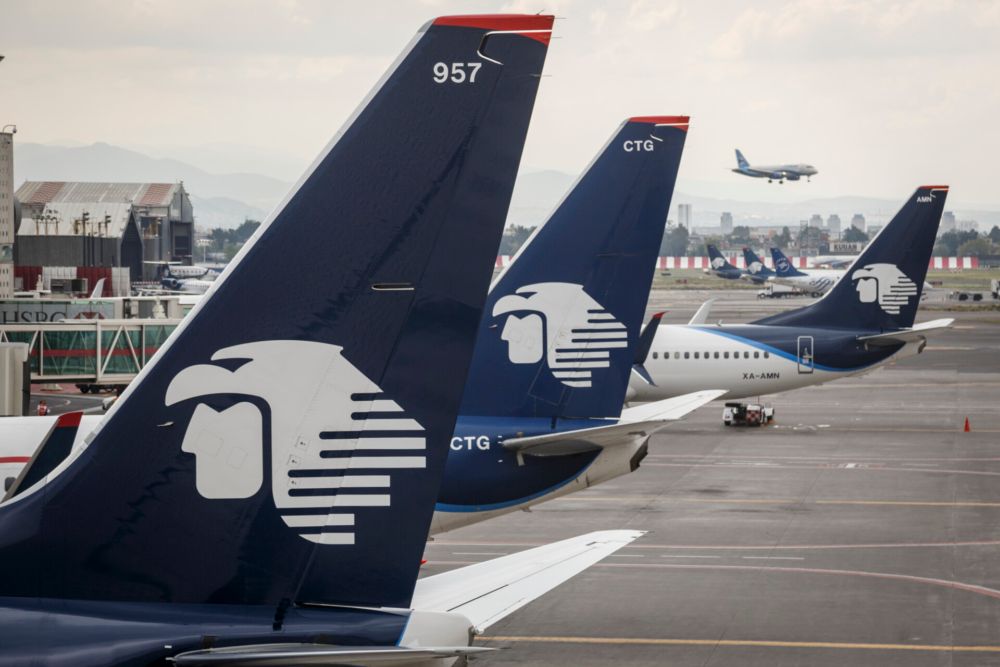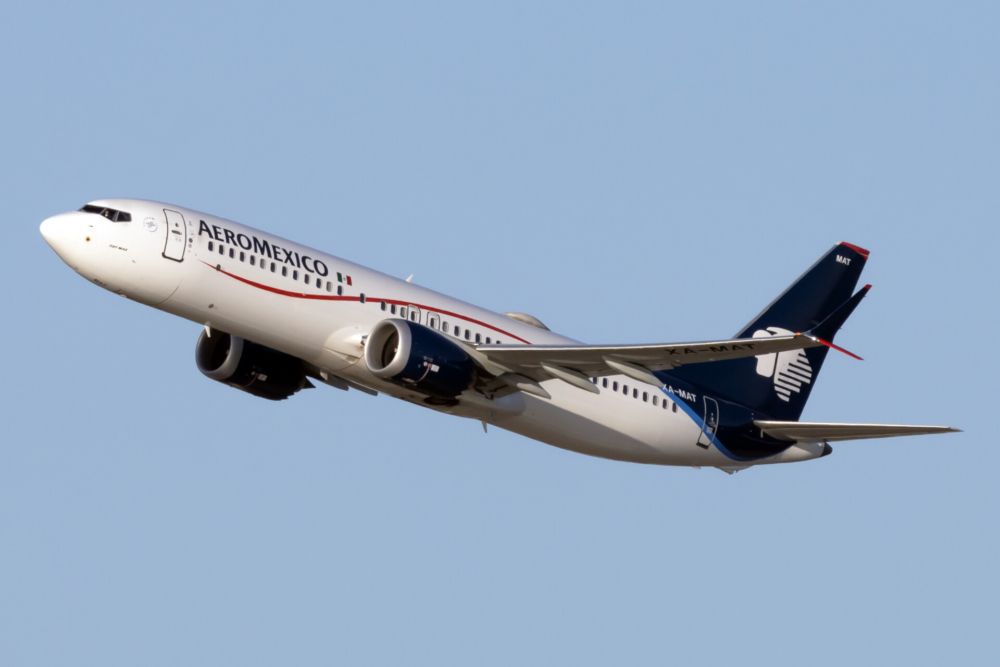Aeromexico has filed its reorganization plan under its Chapter 11 bankruptcy filing. As the airline prepares to come out of the crisis, it is banking on an ongoing recovery that will see the airline become profitable as soon as next year and start to rebuild its fleet and its network. Here are the highlights.
Aeromexico plans a return to profitability
Aeromexico filed for chapter 11 bankruptcy in the middle of the worst crisis the industry has seen in decades. Revenue had all but dried up. International borders were closed. Profits turned into losses, and the airline was faced with a dilemma of debt and with revenue streams dried up for reasons outside of Aeromexico's control.
However, things are now rebounding, and Aeromexico is preparing to see a return to profitability. The Mexican flag carrier outlined its projected consolidated financial summary for the next few years in its filing. In 2021, the airline expects to turn a net loss but expects to return to profitability in 2022 and grow its profits through 2025.
The crucial part of Aeromexico's profitability is the continuing recovery in revenue. Aeromexico primarily rakes in money from flying passengers, and that will be the most significant portion of the carrier's expected operating revenue in the years to come. Aeromexico has also benefited from reducing its operating expenses through the reorganization process, which will also certainly help.
A focus on its partners
A primary focus of Aeromexico is to "rebuild and restore" its partnerships with other airlines. The most significant part of this will be Delta Air Lines. The Atlanta-based airline and Aeromexico have a transborder alliance that includes joint cargo and network services, revenue management and sales, fleet and engine negotiations, airport operations, supply chain and procurement, and maintenance, among others.
Together, the two airlines are an incredibly sizable force in this growing market. Both airlines have launched new flights and increased frequencies on flights between Mexico and the United States. In addition, both airlines help connect the smaller cities in their respective home countries to the rest of the world through the partnership.
Beyond Delta, Aeromexico is also looking to expand its partnerships with other airlines both within the SkyTeam Alliance and more. For example, Aeromexico specifically highlighted Air France/KLM and Korean Air.
As Aeromexico continues to rebuild its network, these partnerships will be incredibly important. For example, Aeromexico flies to these carriers' respective partner hubs in Seoul (Korean), Paris (Air France), and Amsterdam (KLM). From here, passengers can connect to partner flights to reach a host of destinations in Asia, Africa, and Europe.
Aeromexico and LATAM have also been building a partnership for flying throughout Latin America. LATAM helps give connectivity into secondary cities in Chile, Argentina, and Brazil, among others. There are a lot of opportunities here, given that the two airlines only signed a codeshare agreement less than a year ago. There is plenty more to come here as the two carriers continue to expand their partnerships.
Mexico City remains important
Aeromexico is the largest carrier operating at Mexico City's Benito Jaurez International Airport (MEX). This also happens to the primary airport serving the country's financial and governmental hub, which means a major base of lucrative originating and terminating customers. It is also situated to be a convenient connecting hub for flights to smaller destinations.
Aeromexico is planning to focus on its network from this hub. It wants to offer a more robust and optimized flight schedule out of the airport to offer more flights at the highest-demand hours of the day. Aeromexico believes such a schedule will help generate a higher revenue premium, especially for corporate and international demand.
Aeromexico also wants to enhance its schedule banking. This is a common practice at hubs where a major airline schedules enough flights to land and depart at the same time to meet unique traffic flows. For example, this could mean scheduling flights from various cities in Mexico to land at MEX and then, after a couple of hours, have a wave of departures leaving MEX for cities in Europe to optimize connecting schedules and itineraries for its customers.
Many major airlines have grown a solid financial footing through such a model. For example, Delta Air Lines has a very profitable hub out of Atlanta – its largest base. Air France sees something similar in Paris. These connecting hubs are incredibly cost-efficient, and having the right banks is also a catalyst for more growth.
Stay informed: Sign up for our daily and weekly aviation news digests.
Fleet changes
Aeromexico has also significantly altered its fleet through the crisis. It has simplified from six sub fleets down to four. This has seen the retirement of the Embraer E170 and Boeing 737-700 aircraft from its fleet. It has also worked with its existing leases and financing agreement to bring them "more in line with current market realities."
Separately, Aeromexico has also capitalized on the crisis with some new aircraft deals. This includes moves to take on more Boeing 737 MAX jets after previously cutting its order. It also recently outlined a letter of intent to take more Boeing 787s in addition to 737 MAX jets on lease from Air Lease Corporation.
At the end of 2021, Aeromexico plans to get to 125 aircraft, split between 109 narrowbodies and 16 widebodies. By 2025, the airline expects to get to 154 aircraft with 133 narrowbodies and 21 widebodies.
Moving forward, the airline expects to leverage the Boeing 787-9. It stated it intends to upgauge its long-haul fleet to include a greater proportion of larger capacity 787-9s. These aircraft have the capability to conduct longer-range travel, and it will be able to offer more capacity to leverage on the recovery.
With a newer, more fuel-efficient fleet, Aeromexico believes it will be able to leverage these strengths moving forward and emerge from bankruptcy with a clear path to profitability. Many of these strategies have proven successful at other airlines in the industry, and it is possible Aeromexico could see similar results.
What do you make of Aeromexico's plans coming out of bankruptcy? Let us know in the comments!






